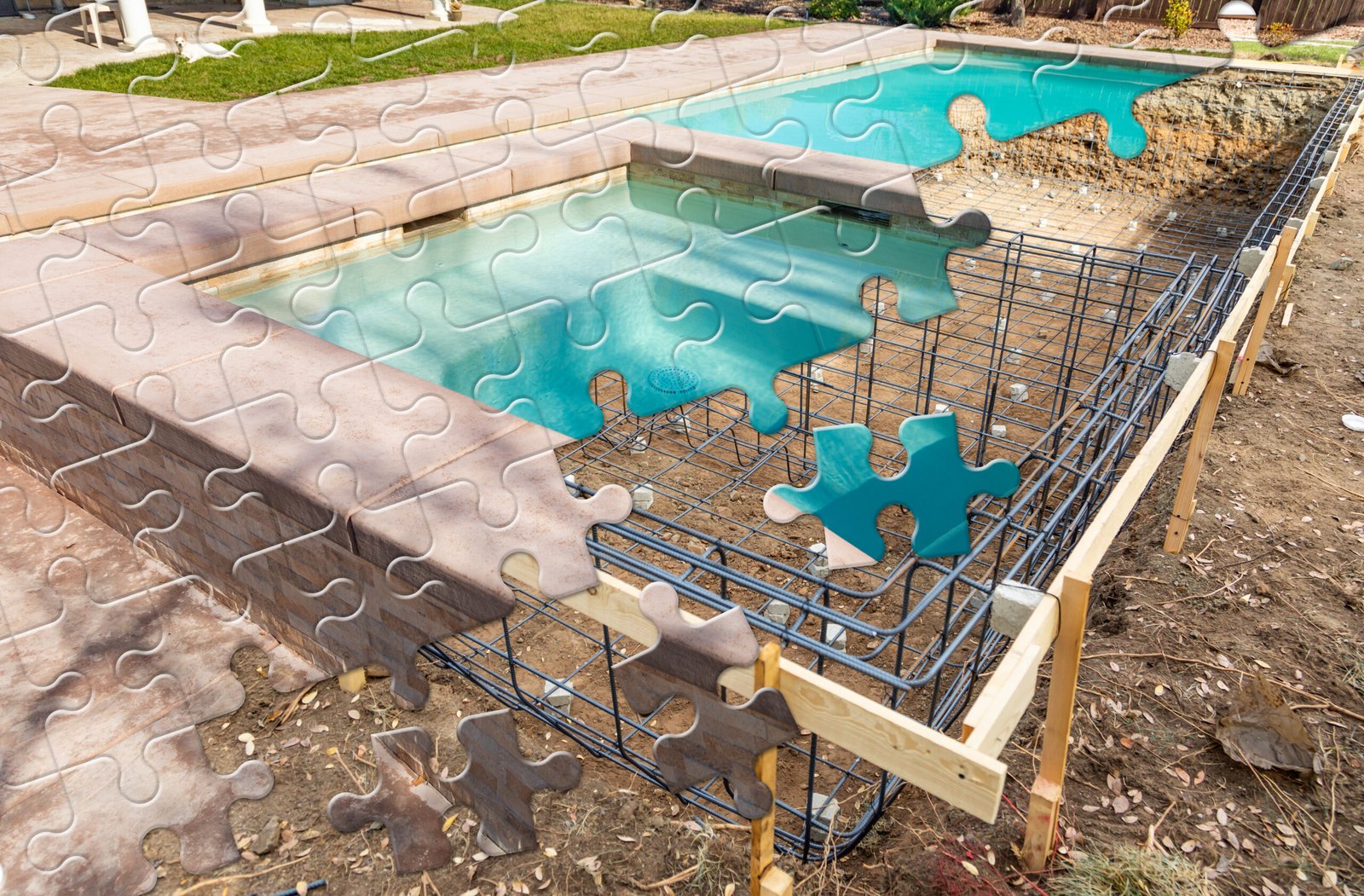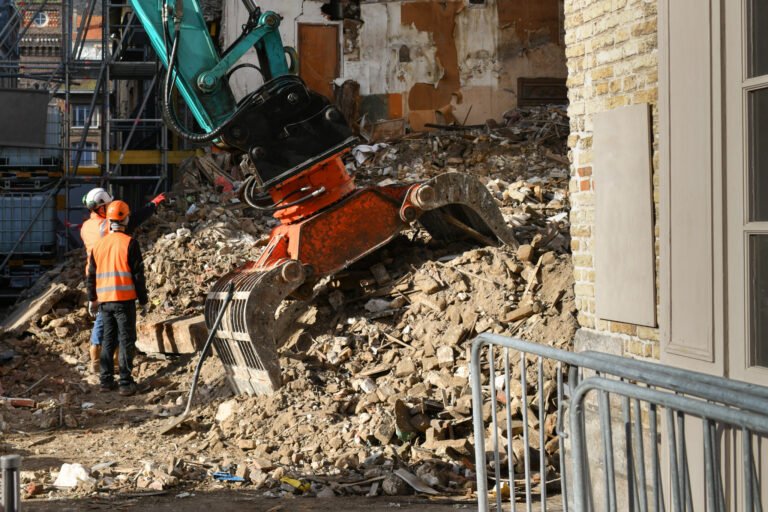Pool Removal Process: A Clear and Efficient Guide
Pool removal is a process that many homeowners consider when faced with the maintenance, repair costs, or simply a lack of use of their existing swimming pool. Whether it’s an inground or above ground pool, removing a pool can be a complex and costly endeavor that requires careful planning and execution. This article aims to provide an overview of the pool removal process, highlighting the key steps involved and factors to consider when making the decision to remove a swimming pool from your property.
There are various methods and techniques employed in the pool removal process, with each method suited to different types of pools and specific situations. Inground pool removal may involve partial or complete excavation, while above ground pool removal typically requires dismantling and disposing of the pool structure. It is crucial to understand the differences between these techniques and assess which one is most suitable for your particular circumstances.
Hiring a professional pool removal contractor is often the best way to ensure a safe, efficient, and successful pool removal project. This knowledgeable team will guide you through the process, taking into account factors such as local regulations, utility location, and environmental impacts. With the right approach and skilled professionals, the pool removal process can transform your backyard into a more usable and functional space.
Planning and Preparation
Understanding Pool Removal Options
Before starting the pool removal process, it is essential to understand the different pool removal options available. Generally, there are two methods for pool removal:
- Partial pool removal: This involves breaking down only the top few feet of the pool structure, leaving the bottom to be filled with soil and compacted. This is a faster and more cost-effective option, but may not be suitable for all locations or future land use.
- Full pool removal: This method involves the complete removal of all pool materials, including the shell and surrounding structures. It is a more thorough process, leaving the land free for any future development. However, it also requires more time and budget.
Consider these options and their respective impacts on the site plan and environmental impact before choosing the best method for your specific scenario.
Evaluating Local Regulations and Permits
Before starting a pool removal project, it is crucial to be aware of and comply with all applicable local regulations, permits, and building codes. The following are some key aspects to consider:
- Building permits: Most municipalities require a building permit before commencing any pool removal activities. Contact your local building department to obtain necessary permits and guidelines for the pool removal process.
- Site plan: Develop a detailed site plan that outlines the pool removal process and its impact on the surrounding environment. Submit this plan as part of the building permit application, if required.
- Environmental impact: Some local regulations may require an assessment of the environmental impact of the pool removal process. Ensure compliance with these regulations to avoid penalties or delays in the project.
- Pool removal permits: Depending on the size and scope of the project, additional pool removal permits may be necessary. Research your local regulations to determine if such permits are required and obtain them before beginning the project.
Following local regulations and obtaining the necessary permits help ensure a smooth pool removal process and adherence to safety and environmental standards.
Executing the Pool Removal
Draining the Pool and Demolition Phase
Before the actual pool removal process begins, the pool must be drained. Draining can be done using a submersible pump or by gravity, depending on the pool’s location and the contractor’s preference. Once the water is completely removed, the demolition phase starts. A professional contractor will ensure compliance with local regulations and safety concerns during the demolition.
Demolition typically consists of several steps:
- Breaking down the pool’s structure using heavy equipment.
- Removing the debris and materials generated from the demolition.
- Properly disposing of these materials in accordance with relevant regulations.
The pool removal cost varies depending on the size, location and type of pool, but it’s essential to consider the value of hiring a professional contractor for the job. Professionals have the necessary equipment and expertise to minimize safety risks and complete the project efficiently.
Backfilling and Compaction
Once the pool is demolished, the remaining hole must be filled in, a process known as backfilling. This involves a combination of materials such as soil, crushed concrete, or gravel, as specified by the contractor and local codes. The backfill chosen will also depend on the future intended use of the area.
To ensure the stability of the ground, the backfill material is then compacted with heavy equipment. Proper soil compaction is crucial to reducing chances of ground instability or sinkholes, and a professional contractor will often perform multiple soil tests to make certain the area is secure.
Landscaping and Post-Removal Care
The final stage of pool removal is landscaping to restore the aesthetic appeal of the property, which could involve leveling the ground, planting grass or other vegetation, and/or installing hardscaping features. A comprehensive pool removal process will coordinate with the property owner to determine the desired outcome for the space.
Additionally, attentive post-removal care by the contractor will ensure that any potential issues, such as uneven settling, are addressed in a timely manner. While reinventing the backyard’s appearance increases property value, it’s important to prioritize safety and stability.
In summary, executing a pool removal involves three primary steps: draining the pool and demolition, backfilling and compaction, and landscaping with post-removal care. Proper execution of a pool removal with the assistance of a professional contractor can be a sound investment, both in terms of cost and safety.








